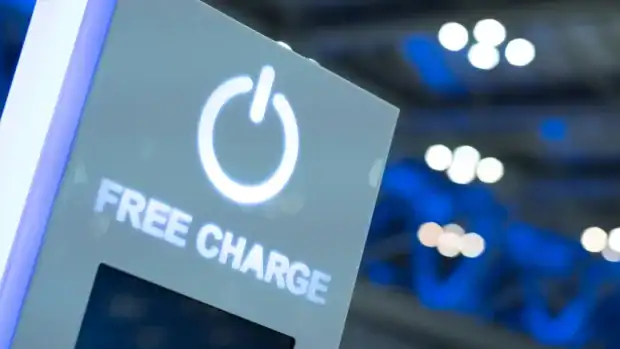In the digital age, sharing life’s highlights on social media is second nature. From airport selfies to scenic sunsets and gourmet meals, travelers love to document their journeys. But while posting real-time travel updates may rack up likes and comments, it also opens the door to serious cybersecurity and physical safety threats. Oversharing on social media is one of the most underestimated risks travelers face—and cybercriminals are watching.
Every photo, check-in, or status update shared publicly while on vacation broadcasts a critical piece of information: you’re not home. To a cybercriminal or opportunistic thief, that’s an invitation. Whether it’s targeting your physical home for burglary or using the information to launch a personalized cyberattack, oversharing gives bad actors the intel they need.
Here’s how it typically unfolds:
- A traveler posts a photo boarding a flight, tags their destination, and adds hashtags like #VacationMode or #OutOfOffice.
- A criminal, either manually monitoring public profiles or using automated tools, sees the post and confirms the traveler’s absence.
- With enough information, they might target the traveler’s home, attempt identity theft, or craft a highly convincing phishing attack pretending to be the hotel, airline, or bank.
Even more concerning is how much personal data people unintentionally reveal in photos. A boarding pass shared on Instagram might contain a barcode that reveals full flight details and booking info—something a hacker can use to hijack your travel itinerary. A photo at your hotel could show a room number or other identifiers, putting your safety at risk during the trip itself.
This risk isn’t limited to celebrities or influencers. Everyday users with public accounts are frequently targeted, especially when they unknowingly broadcast valuable travel details.
Common Oversharing Risks:
- Posting travel dates and locations – Lets people know exactly when you’re away.
- Geo-tagging posts in real time – Confirms your current (and by extension, your home’s vacant) location.
- Sharing photos with identifiable documents – Boarding passes, hotel keycards, and even luggage tags can be used to gather personal information.
- Public profiles with personal details – Birthdays, home cities, or workplace info can all be used in spear-phishing or identity theft.
How to Stay Safe Without Going Dark
You don’t need to stop sharing your travel experiences—but you should be strategic and security-conscious:
1. Delay Your Posts
Wait until you’re back home to post photos and trip details. This removes the real-time element that criminals rely on.
2. Limit Audience Visibility
Use privacy settings on platforms like Facebook and Instagram to limit who can see your posts. Avoid public settings for vacation updates.
3. Disable Location Tagging
Turn off automatic geo-tagging on your photos and avoid tagging your location while still on-site.
4. Be Cautious with Hashtags
Avoid using hashtags that signal you’re away from home, such as #TravelTuesday or #GoneForTheWeek.
5. Educate Your Travel Companions
Make sure family or friends traveling with you are aware of these risks too. One post from their account can be just as compromising.
In the era of digital transparency, privacy is power. By being mindful of what you share—and when—you can enjoy your trip, protect your home, and shield your identity from cyber threats. Remember: just because you’re having fun doesn’t mean criminals aren’t working.
–
Follow me on Instagram: @drericcole


